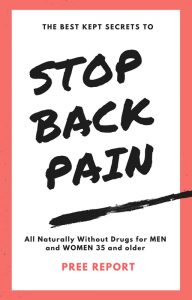I get questions all the time about what type of shoes are the best. This is a tricky question because everyone has different feet. The exact type of shoe that fits you best depends on the height of your arch, how mobile your foot is and the presence of any pathologies. Today I want to talk about a couple of shoe styles to be cautious with and some tips for shoe buying.
There recently has been a trend toward minimalist shoes with a very low profile and minimal arch support. There certainly is some compelling research about how modern footwear has not decreased injury rates (link). This school of thought states that the extra cushion in modern shoes has lend to increased the tendency to impact through your heel which increases forces through the joints of your legs. These lower profile shoes force you to use your muscles more. My experience is that people develop a great deal of soreness in the calves after beginning minimalist shoes. So I feel that if you are considering minimalist shoes, you should begin slowly and gradually add these shoes to your schedule.
Another trendy shoe option is the rocker bottom shoes which are advertised as having health benefits. There are several lawsuits pending that allege this style of shoe is responsible for injury. I cannot say that there is a cause and effect between the shoes and injury. However, I can say that I have seen several patients who reported having an injury in their pain after beginning to wear this type of shoe. This is a huge deviation from how we naturally walk and likely does not have the advertised benefits.
Some tips for what to look for in shoes:
1: The shoe should fit your foot. The length of the shoe should be within a thumb width of your longest toe. The width of the shoe should be wide enough to wiggle your toes.
2: Figure out if you have high or low arches. There is an easy test to determine what foot type you have in the following (link). If you have exceptionally high or low arches it is important to consider the arch support. If you are in the middle range you can probably get away with a big spectrum of shoe options.
3: Get a shoe that is appropriate for your activities. If you know that you are going to use a shoe for a specific activity then you should get a specific shoe. For instance, if you know that you are going to do a great deal of off-road activities you will need a sturdier shoes.
4: Take your time selecting a shoe. Often the only way to determine if a shoe is going to work for you is spend some time in them. Don’t rush to a decision and recognize that you are going to spend a great deal of time in the shoes.
5: Keep track of your mileage. Shoes should be replaced every 300-600 miles that they are worn. If you are a runner, tracking your mileage is especially important.
There is no right answer for everyone but being cautious about radical approaches to shoes is important. Also following the tips above should be beneficial. Physical therapists are helpful if you are having difficulty figuring out what type of foot you have or if you have a specific question about your mechanics or a specific pathology. Contact us at Siskiyou PT if you have any shoe questions.
Jon Hill, DPT, Licensed Physical Therapist with Siskiyou Physical Therapy



